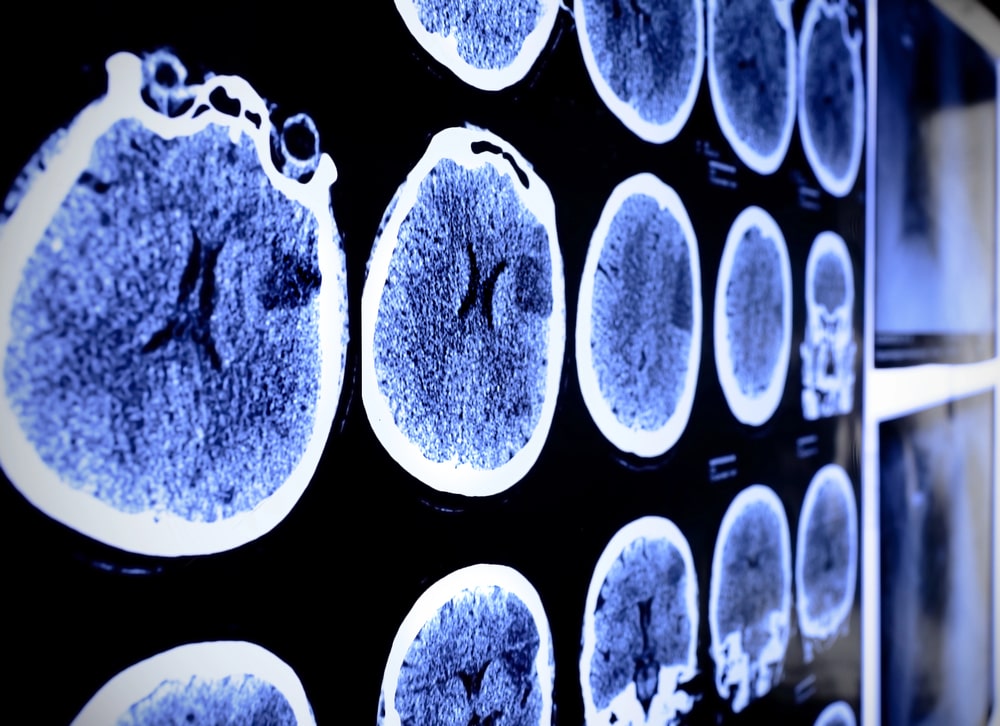Brain injuries rank among the most severe consequences that can result from traffic accidents. Whether caused by a high-speed highway crash or a seemingly minor fender bender, the force involved can lead to long-term cognitive, physical, and emotional effects. These injuries occur when the head strikes an object, the brain shifts inside the skull, or external trauma damages neural tissues. Such injuries often require extensive treatment and rehabilitation, altering a person’s daily life and financial stability. Attorneys like those at Nugent & Bryant can attest to the lasting consequences that brain injuries have on victims and their families.
Impact Forces That Cause Brain Trauma
The most common cause of a brain injury in a vehicle collision is the sudden acceleration and deceleration of the head upon impact. Even when a driver or passenger is properly restrained, the brain can move violently within the skull when the car suddenly stops. This movement can lead to a concussion or a more severe traumatic brain injury. The effects depend on the speed, direction, and location of the impact, but even seemingly small collisions can have significant neurological consequences.
Rear-end accidents are especially known for causing brain trauma. The whiplash effect throws the head forward and backward with enough force to strain the neck and brain tissue. Side-impact and rollover crashes also create conditions for brain injuries because the head can strike windows, steering wheels, or other interior surfaces.
Penetrating And Direct Impact Injuries
While many brain injuries result from internal movement of the brain, others involve direct external force. Penetrating injuries occur when an object, such as shattered glass or metal debris, pierces the skull. These are often the most severe cases, as they can cause localized damage and bleeding that require immediate surgery.
Direct blows to the head can also cause skull fractures or contusions. Even if a person does not lose consciousness, they may still suffer from internal bleeding or bruising. Without prompt medical care, these conditions may deteriorate, heightening the likelihood of swelling and lasting damage.
Secondary Injuries Following The Initial Trauma
Brain injuries can evolve over time, making them particularly dangerous. After the initial trauma, swelling, bleeding, or oxygen deprivation can worsen the damage. In some cases, the body’s natural inflammatory response increases intracranial pressure, which further restricts blood flow to the brain. This is why medical professionals often monitor patients closely in the hours and days following a crash.
Diffuse axonal injuries, for example, occur when the brain’s nerve fibers are stretched or torn during impact. These injuries may not show up immediately on imaging scans but can still cause lasting neurological impairment. This delayed progression underscores the importance of early medical evaluation after any collision involving a head injury.
How Legal Support Can Help
When a brain injury is caused by another driver’s negligence, legal representation can be critical. Medical bills, rehabilitation costs, and lost income can quickly accumulate, creating significant financial pressure. A skilled brain injury lawyer can evaluate medical evidence, accident reports, and witness testimony to establish liability and pursue fair compensation. These cases often require collaboration with medical professionals to accurately document the full impact of the injury on a person’s life.
Victims and their families may also face emotional and cognitive challenges that extend far beyond the initial treatment phase. Legal support helps them secure the resources needed for long-term recovery, from therapy and adaptive equipment to home modifications and care support.
Recognizing And Addressing Long-Term Effects
Brain injuries rarely follow a uniform recovery path. Some individuals regain full function over time, while others experience ongoing difficulties with memory, speech, concentration, or emotional regulation. These lasting effects can disrupt employment, relationships, and overall quality of life. Early intervention, consistent therapy, and a supportive legal approach can all contribute to a more stable recovery process.
Family members often play an essential role in identifying symptoms that may go unnoticed by the injured person, such as mood changes or lapses in attention. Documenting these changes can be helpful when demonstrating the full scope of harm in a personal injury claim.
The Broader Implications Of Brain Injury Cases
Motor vehicle collisions continue to be a major contributor to traumatic brain injuries in the United States. The physical, financial, and emotional consequences extend far beyond the accident scene. Each case represents a human story of adjustment and resilience in the face of sudden change. Through careful legal guidance and medical care, many victims find ways to rebuild stability in their lives.
Attorneys like those at Nugent & Bryant discuss how identifying the common causes of brain injuries in vehicle accidents helps protect the rights of those affected and contributes to safer driving practices in every community.

